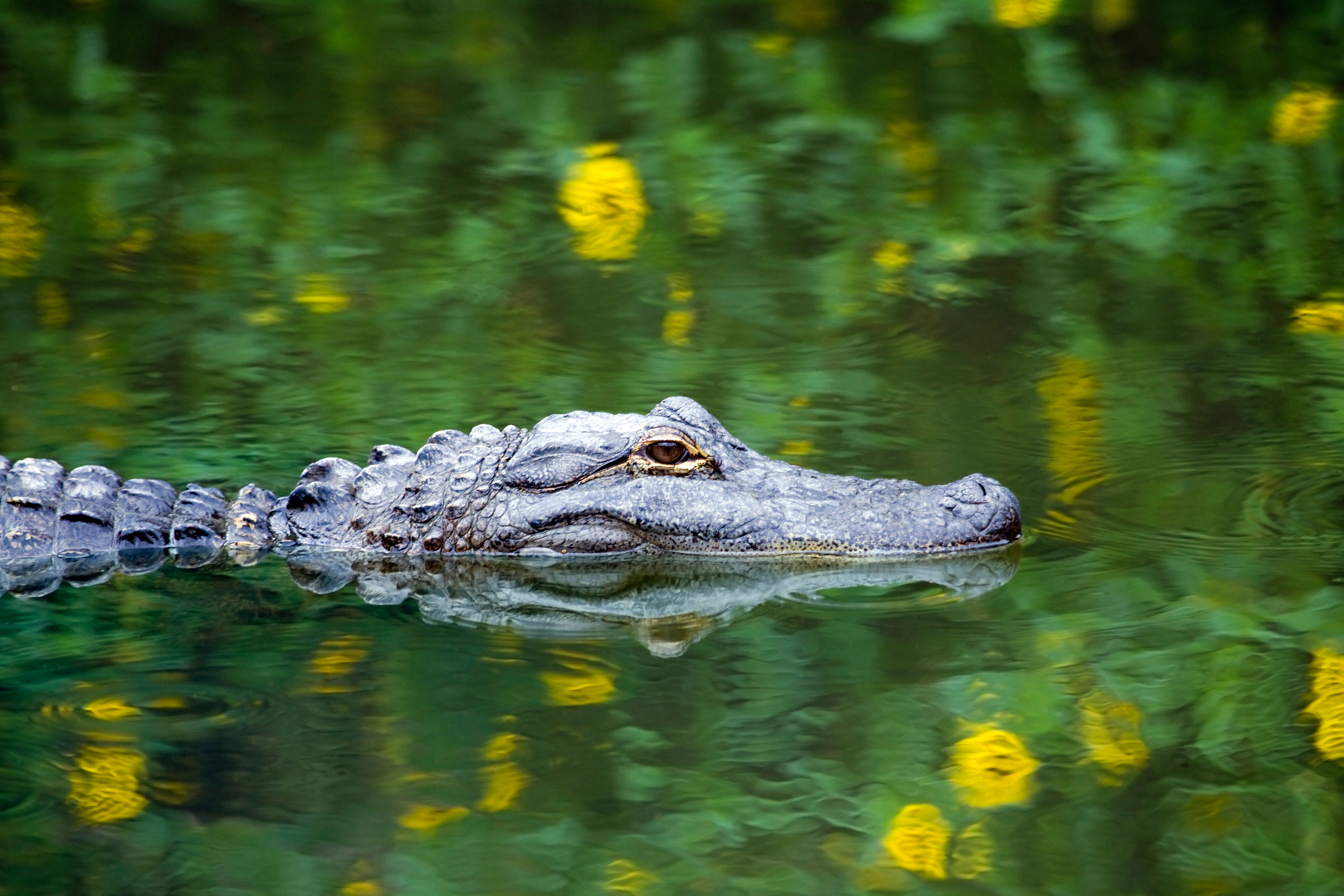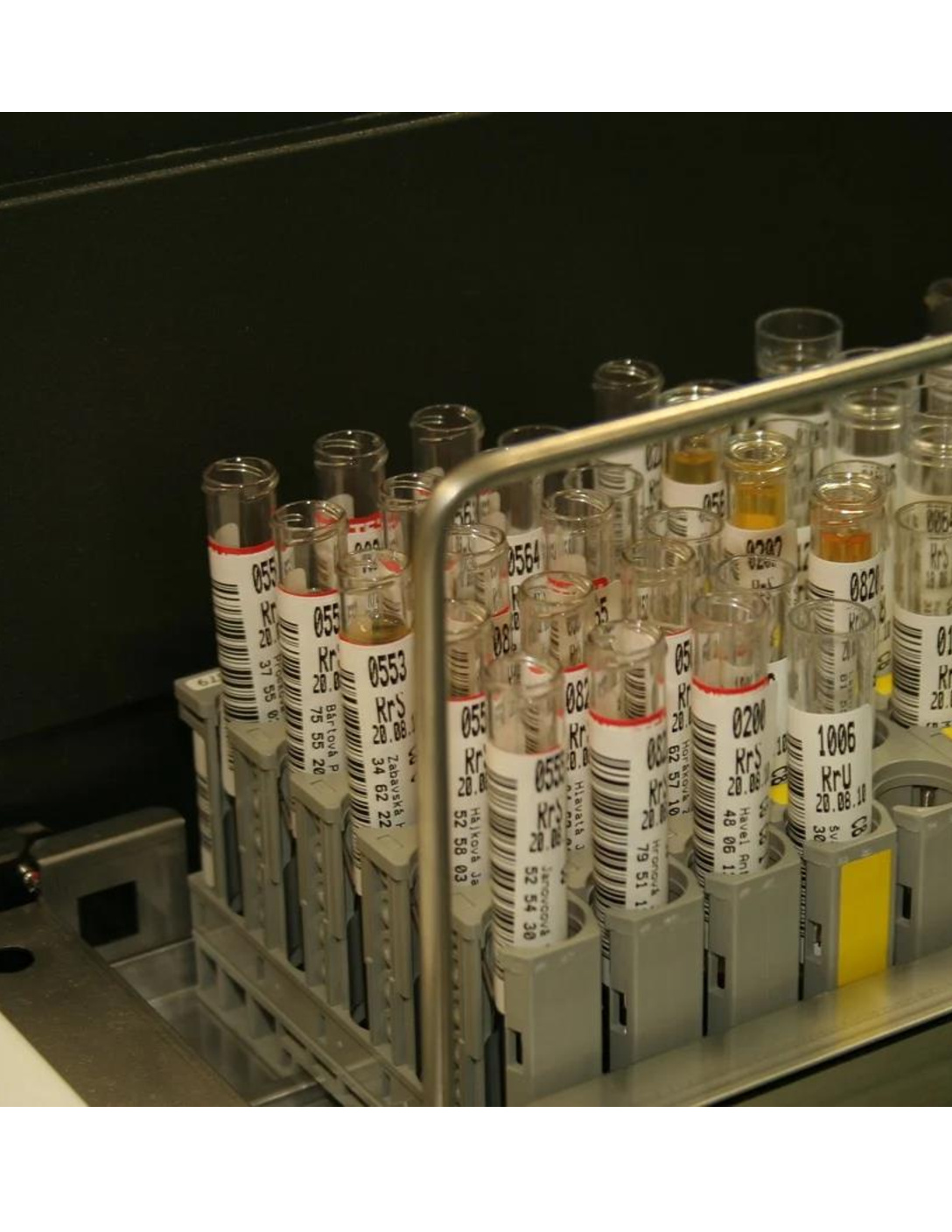In 2013, JE Castro and other scientists conducted a comprehensive environmental evaluation in South Florida and found metal concentrations in certain areas higher than Florida’s ecological thresholds.1 Ecological thresholds can be defined as the breaking point of a habitat.2 Specifically, they measured concentrations of 20 metals from 50 sites. These 50 sites were in Everglades National Park, the coastal fringes of Biscayne National Park, and Big Cypress National Preserve. They didn’t find widespread pollution, however.1 The scientists identified certain metals as hazardous to life: copper in Biscayne National Park, chromium and lead in Everglades National Park.1
Castro and the scientists stated that their study could help manage the Everglades restoration projects.1 Save The WaterTM also proposes a study to monitor these and other metals that threaten the Everglades.
Health Effects of Metals: Chromium, Copper, and Lead
According to a 2011 study by Reena Singh and others, human activities have changed the biochemical balance and geochemical cycles of heavy metals. For example, certain plants accumulate copper. Prolonged exposure to copper and lead can cause health problems in humans. According to the study, “All metals are toxic at higher concentrations.”3
Although humans need copper at certain concentrations, lead is toxic and has no known benefits for humans. High concentrations of chromium also have negative effects on human health.3
The following table summarizes some of the impacts of these three metals.3
| Metal | Impact on Human Health |
| Copper | Damages to live and kidney, anemia, stomach problems |
| Lead | Children: mental retardation; developmental delays, infant fatality
Adults: damage to nervous system, liver, kidneys |
| Chromium | Fatigue, irritability, damage to nervous system |
What Now? Monitoring the Everglades is Vital
Because the Everglades serves the water needs of over 8 million people in South Florida, it is vital to monitor the water quality of this resource.3 Please check out our proposal to conduct a water study in the Everglades, our long term commitment to educating future scientists about the Everglades through our Day In the Life Of A Scientist (DILOS)™ program, and consider donating to Save The WaterTM.
References
- JE Castro, et al. August 2013. “Concentration of trace metals in sediments and soils from protected lands in south Florida: background levels and risk evaluation.” Environmental Monitoring and Assessment, 185(8). https://www.ncbi.nlm.nih.gov/pubmed/23288595
- Andrew J. Hugget. “The concept and utility of ‘ecological thresholds’ in biodiversity conservation.” Biological Conservation 124(2005). http://frst411.sites.olt.ubc.ca/files/2015/01/Huggett_BioCon2005.pdf
- Reena Singh, et al. May 2011. “Heavy metals and living systems: An overview.” Indian Journal of Pharmacology, 43(3). https://www.ncbi.nlm.nih.gov/pmc/articles/PMC3113373/
- Matthew Koenig. August 21, 2018. “3 Interesting Facts About the Florida Everglades.” Florida Seminole Tourism. http://bit.ly/2XFyydG





